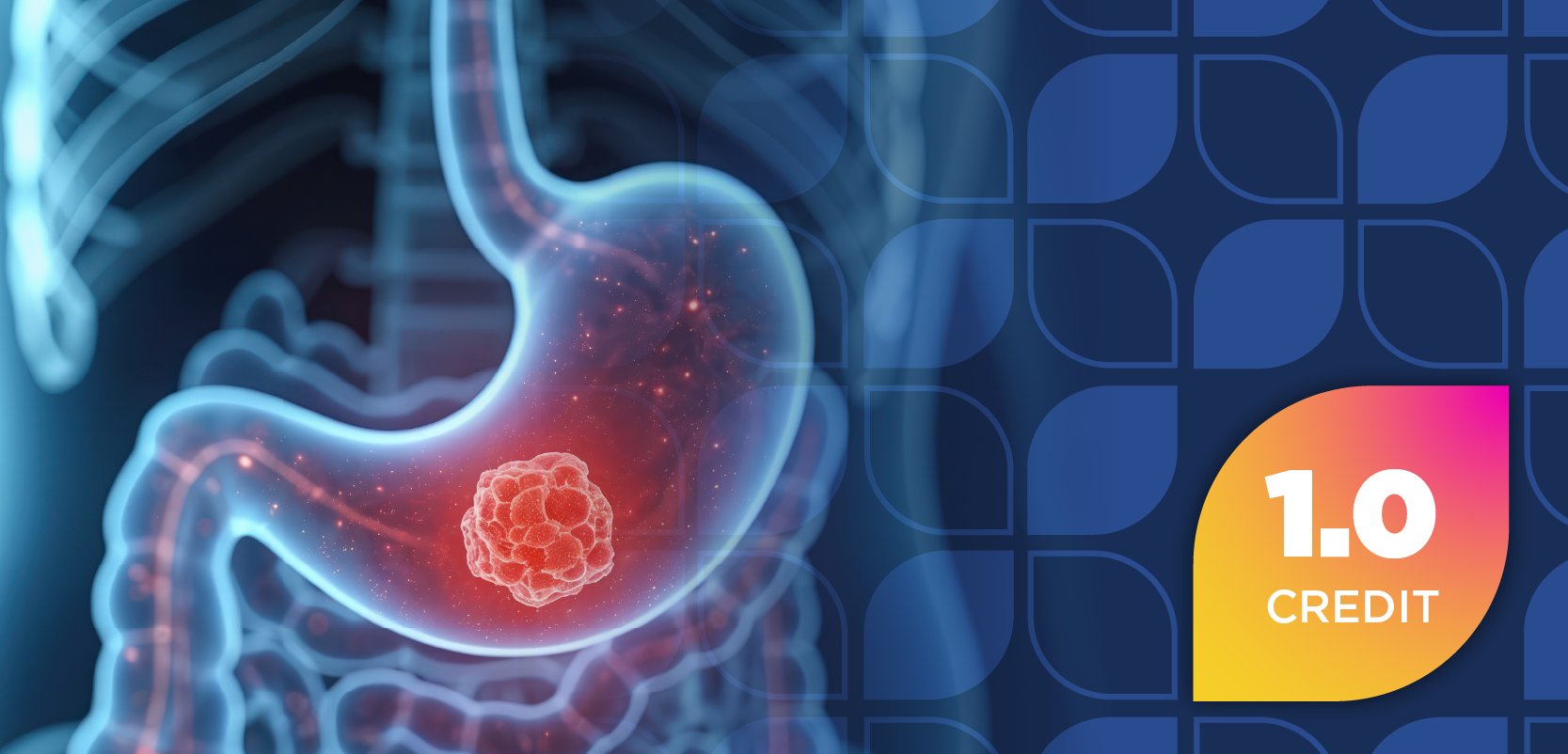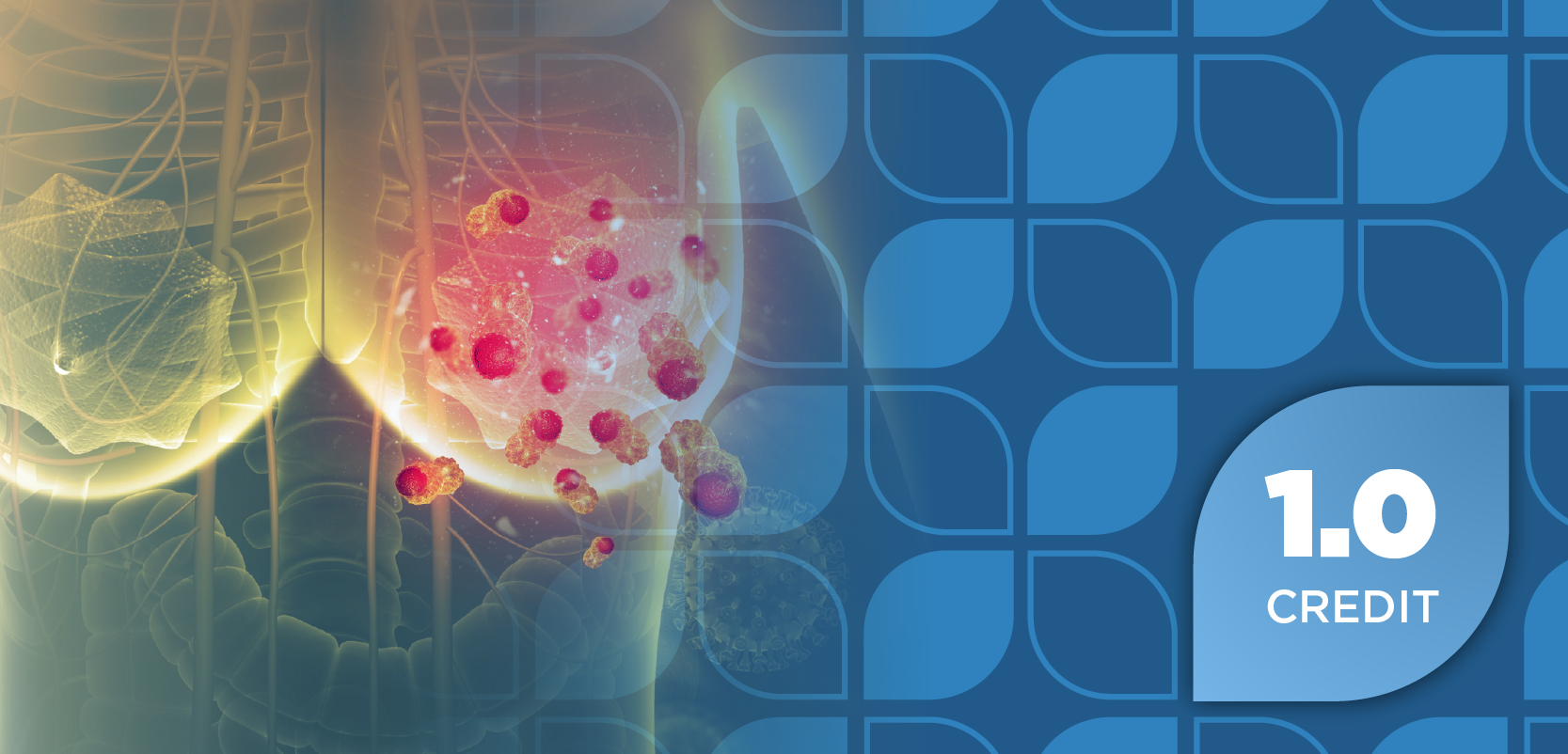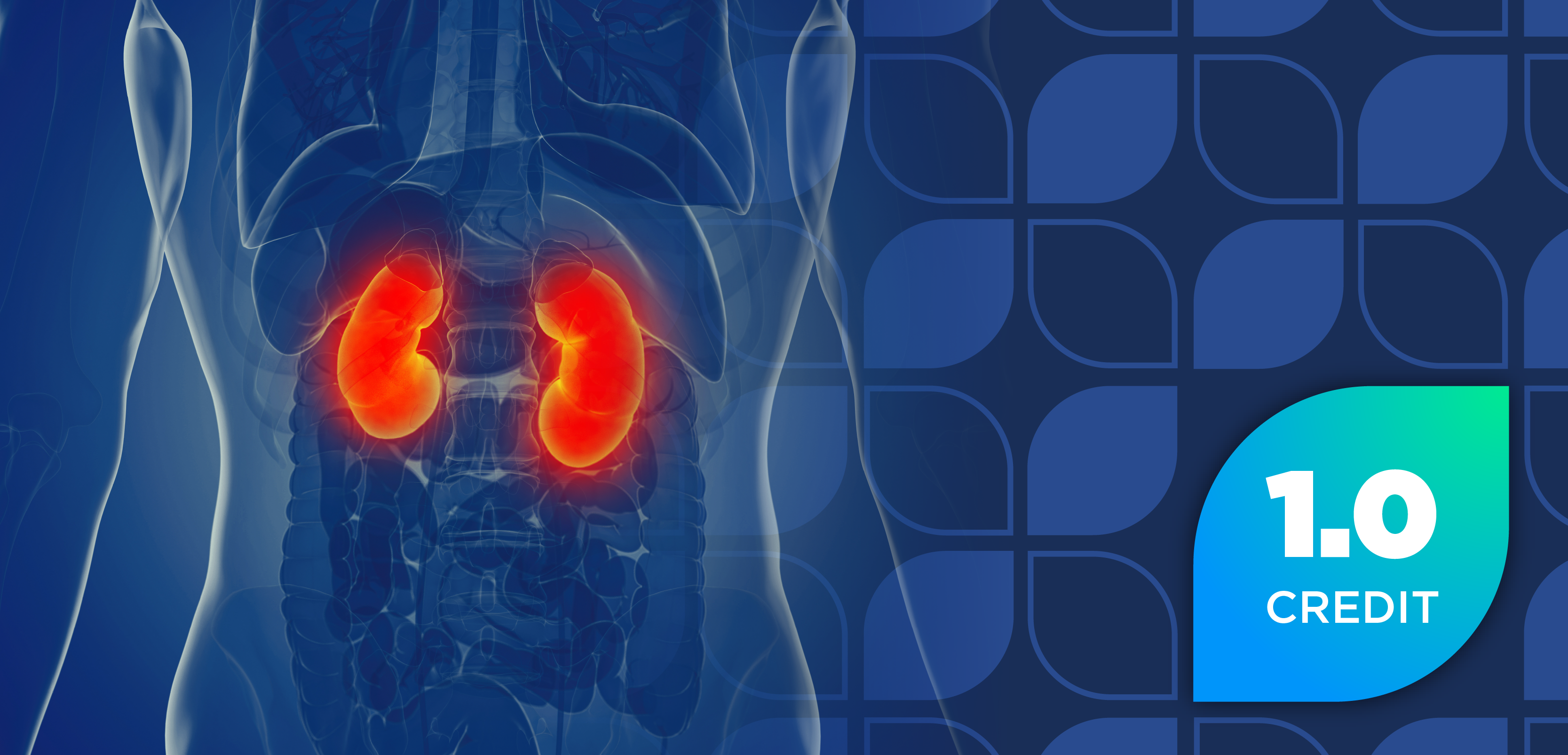
- Volume 0 0
ENS Role in the Pathophysiology of IBS
Irritable bowel syndrome (IBS) is a highly prevalent disorder, the pathophysiologyof which, until recently, was poorly understood. Researchadvances have identified serotonin signaling abnormalities as a possiblecause. The role of serotonin in the enteric nervous system (ENS)—the primarycontrol center of gut function—was reviewed by Michael Gershon, MD, in theJournal of Clinical Gastroenterology (May/June 2005). Among the key pointsdiscussed were the essential roles of enterochromaffin cells, serotonin, andintrinsic primary afferent neurons (IPANs) in receiving and transmitting signalswithin the gut. Enterochromaffin cells act as sensory transducers, communicatingconditions in the bowel by releasing the neurotransmitter serotonin (5-hydroxytryptamine [5-HT]).
When released, serotonin binds to the 5-HT1b receptor on submucosalIPANs, resulting in the release of neurotransmitters that initiate peristaltic andsecretory reflexes. Subsequent binding of serotonin to 5-HT4 receptorsenhances the release and potentiates the effects of these neurotransmitters,augmenting peristalsis. Conversely, stimulation of the 5-HT3 receptor activatesthe extrinsic visceral afferent neurons, thereby affecting visceral sensation.The distinct roles and clear segregation of these serotonin receptor subtypesin the gut have led to the development of medications that manipulate serotonergicsignaling in the ENS.
Articles in this issue
over 20 years ago
Antibiotics, Probiotics, and Microfloraover 20 years ago
Calcium: An Essential Mineralover 20 years ago
CAN YOU READTHESE Rxs?over 20 years ago
ECKEL RECEIVES ALUMNI AWARDover 20 years ago
Cancer: Update on Biologicsover 20 years ago
Managing Chronic Pain: An Analysis of the Use of Opioidsover 20 years ago
PHARMACIST'S RIGHT TO CHOOSE?over 20 years ago
Teenage Drug Diversion—Part 2over 20 years ago
Is Altering Refills a Criminal Act?over 20 years ago
Do All SSRIs Interact the Same Way?Newsletter
Stay informed on drug updates, treatment guidelines, and pharmacy practice trends—subscribe to Pharmacy Times for weekly clinical insights.

















































































































































































































